Struggling with poor, depleted soil in your yard or garden? Certain trees don’t just survive tough conditions—they actively improve soil quality as they grow. These natural soil fixers enrich the ground by adding nutrients, organic matter, and beneficial microbes, turning bad soil into fertile earth.
What’s even better, many of these trees grow surprisingly fast, giving you shade, beauty, and healthier soil in a fraction of the time you might expect. From nitrogen-fixing species to those that improve soil structure, they’re the perfect partners for a thriving garden.
In this article, we’ll introduce you to 11 remarkable trees that can transform poor soil quickly and effectively—helping you build a stronger, more vibrant landscape from the roots up.
Black Locust
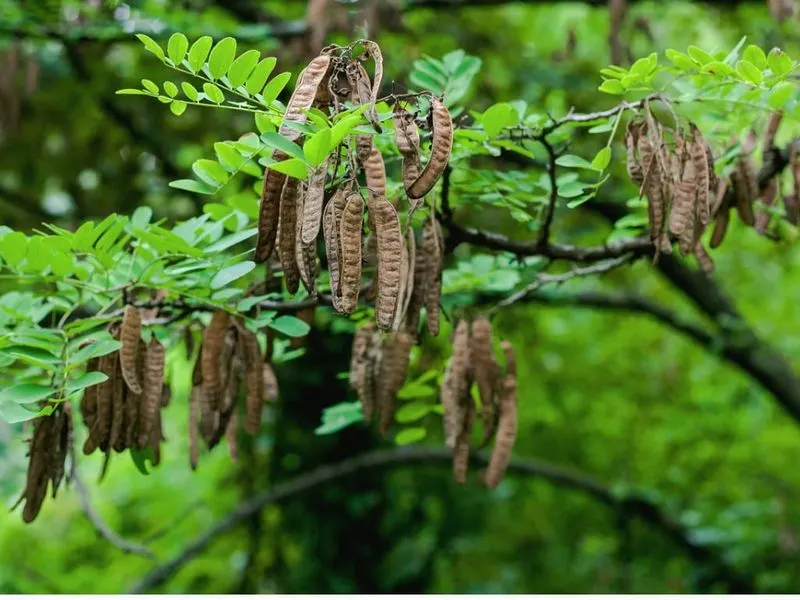
Known for its resilience, the Black Locust thrives in poor soils, making it a gardener’s ally. Its ability to fix nitrogen helps enrich the earth, paving the way for other plants to flourish.
This tree’s rapid growth provides quick shade and shelter, benefiting both the soil and nearby vegetation. Its robust root system prevents erosion, stabilizing the ground.
Though native to the Southeastern United States, it’s now appreciated worldwide for these soil-enhancing benefits. A fun fact: its wood is incredibly rot-resistant, often used for fence posts.
Austrian Pine
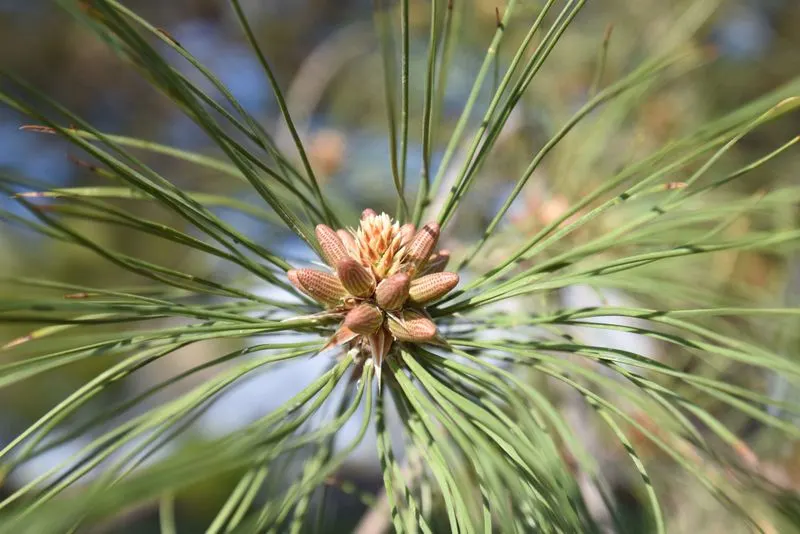
With an impressive adaptability, the Austrian Pine thrives where many trees cannot. Known for stabilizing soil, its roots prevent erosion even in rocky environments.
This evergreen not only protects the soil but also enhances its quality over time, making it a valuable choice for land reclamation projects. Its dense foliage offers habitat for wildlife, enriching the ecosystem.
Historically planted across Europe for timber and land restoration, its resilience continues to be celebrated. Did you know? Austrian Pines can live for over 500 years!
Red Alder
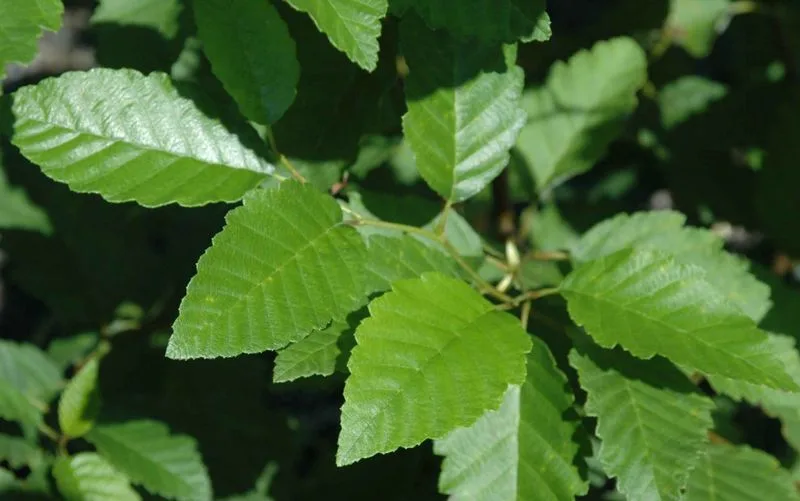
Distinguished by its eye-catching red bark, the Red Alder is more than just a pretty face. This tree’s knack for fixing nitrogen transforms barren ground into fertile soil.
Its fast growth makes it a popular choice for reforestation projects, helping other species take root. Often found near streams, it plays a crucial role in maintaining water quality.
Once used by Native Americans for medicinal purposes, its benefits extend beyond soil improvement. Today, it’s valued both for its ecological contributions and historical significance.
White Willow
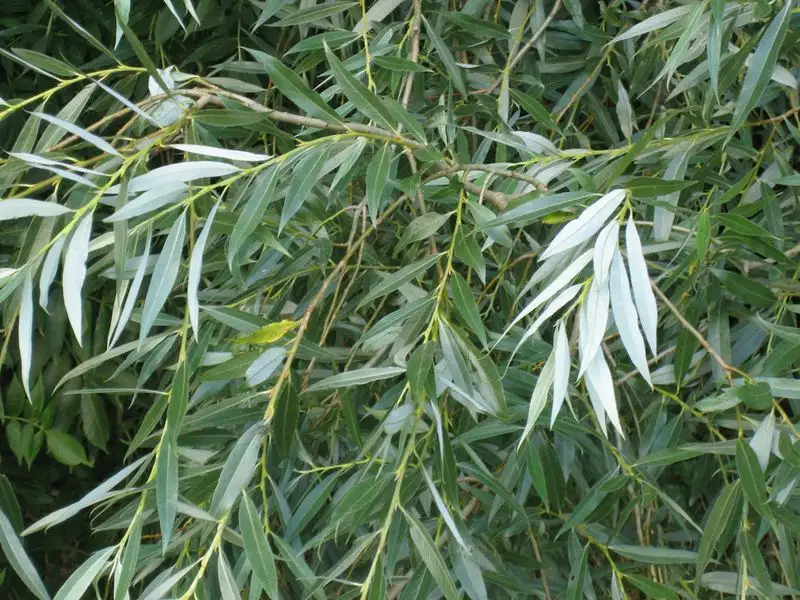
Graceful yet hardy, the White Willow is a champion of wet areas. Its roots absorb excess water, preventing soil erosion and creating a balance in saturated landscapes.
Beyond soil stabilization, it enriches the ground with organic matter as its leaves decompose. This process not only improves soil texture but also enhances its fertility.
Often used in traditional medicine, White Willow is renowned for its natural salicylic acid, an ancestor of modern aspirin. Its dual role in both soil and health makes it truly remarkable.
Hybrid Poplar
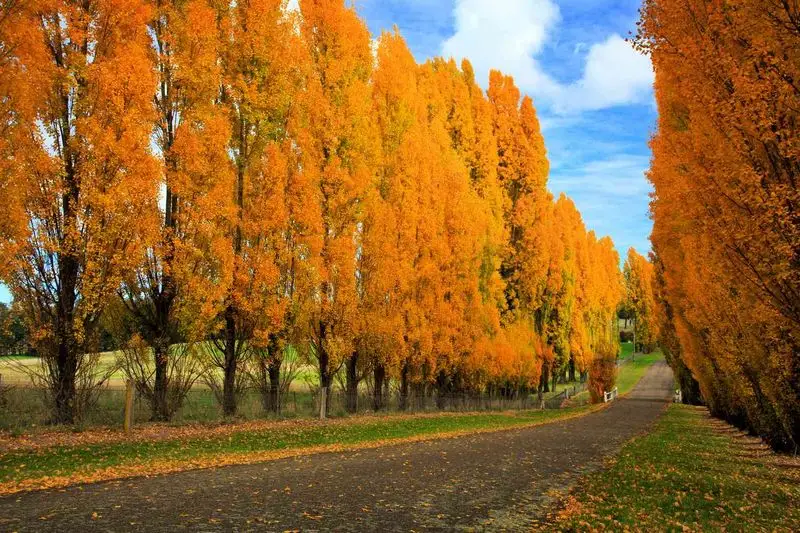
Speed is the name of the game for the Hybrid Poplar. Renowned for its rapid growth, it quickly establishes itself, providing shade and improving soil quality.
Its roots penetrate deeply, breaking up compacted soil and allowing air and nutrients to circulate freely. This process not only rejuvenates the soil but also supports a variety of plant life.
Frequently used in agroforestry, it serves as a windbreak and supports diverse ecosystems. Fun fact: Hybrid Poplars can grow up to 8 feet per year!
Autumn Olive
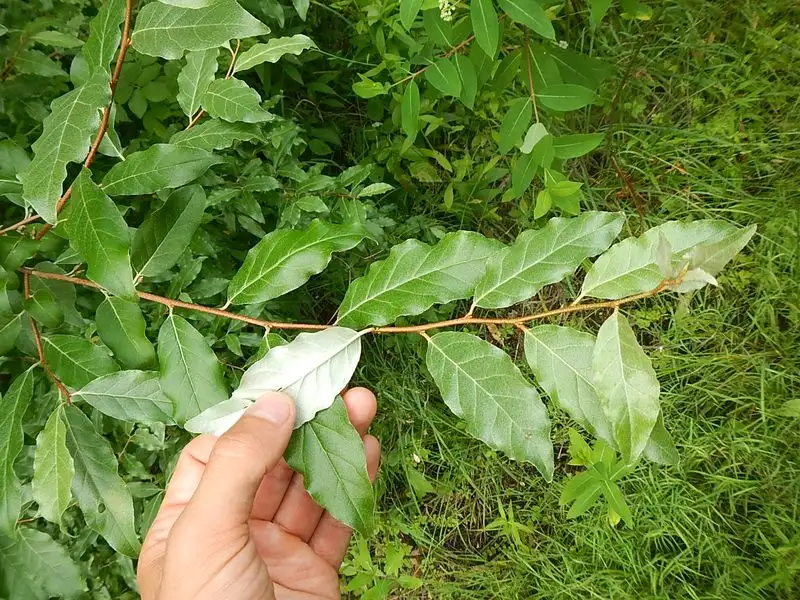
Don’t let its name fool you; Autumn Olive is a versatile shrub, not just a fruit-bearing plant. It’s prized for its ability to fix nitrogen, enriching even the poorest soils.
Ideal for reclamation projects, it establishes quickly, providing erosion control and habitat for wildlife. Its edible berries attract birds, contributing to biodiversity.
Originally from Asia, it’s now widespread due to its utility and resilience. A quirky fact: despite being invasive in some areas, it’s celebrated for its soil enhancement and berry production.
Eastern Red Cedar
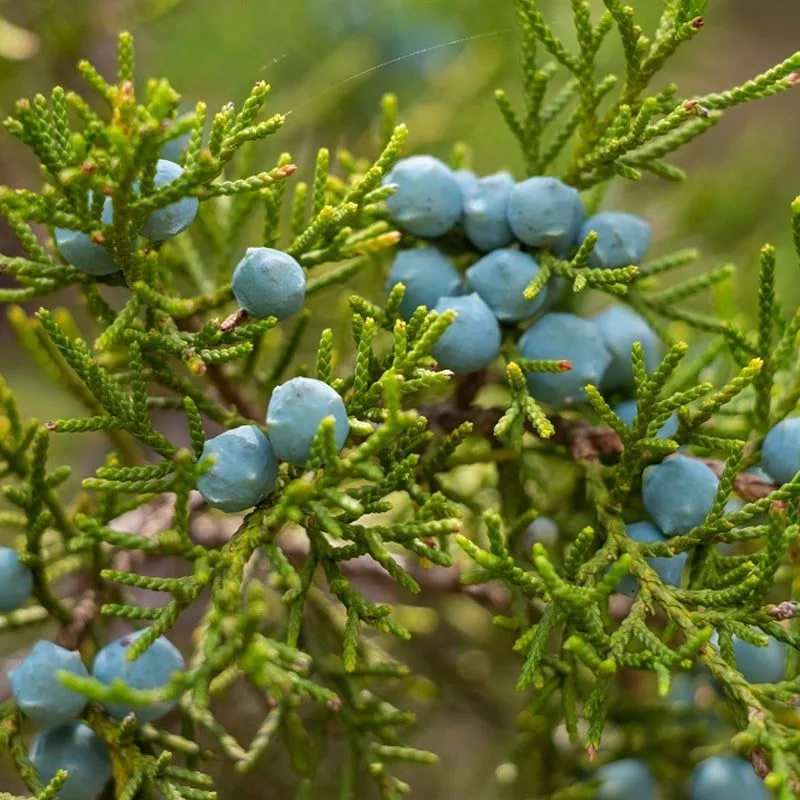
Known for its resilience, the Eastern Red Cedar can thrive in poor and rocky soils. Its roots bind the soil, reducing erosion and improving overall land quality.
This tree not only stabilizes the ground but also acts as a windbreak, creating a microenvironment that benefits other plants. Its aromatic wood is a bonus for outdoor spaces.
Historically used by Native Americans for various purposes, it remains a popular choice for both practical and ornamental planting. Fun fact: the heartwood is naturally rot-resistant.
Russian Olive
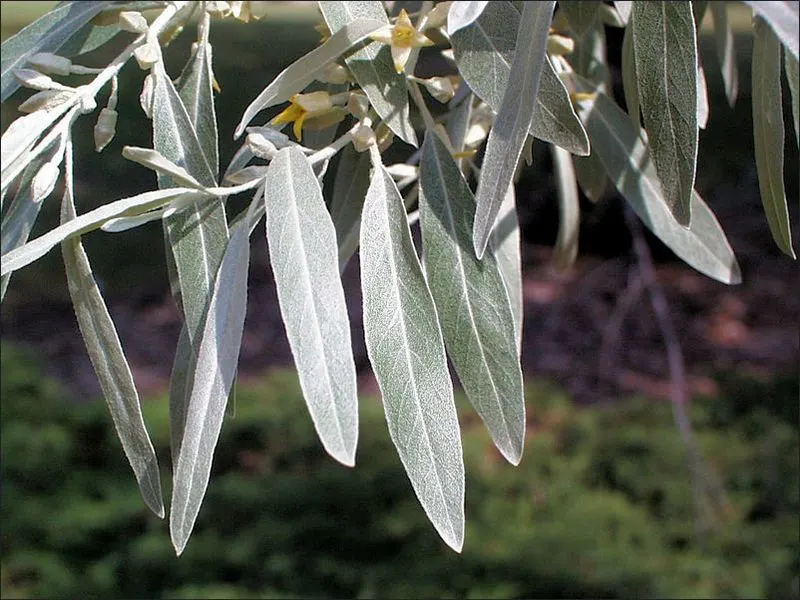
With its shimmering leaves, the Russian Olive is a sight to behold in arid landscapes. Its ability to fix nitrogen makes it a valuable ally for improving soil in dry regions.
This tree spreads quickly, providing shade and wind protection, contributing to the area’s ecological balance. Its flowers attract pollinators, enhancing local biodiversity.
Native to Europe and Asia, it’s often planted for its drought resistance and beauty. Despite its invasive nature in some areas, it’s recognized for its role in soil enhancement.
Black Walnut

Valued for its beautiful wood, the Black Walnut also plays a vital role in improving soil health. Its leaves decompose to add organic matter, enriching the earth.
The tree’s deep roots help break up compacted soil, allowing air and water to penetrate, fostering a thriving below-ground ecosystem. Its nuts feed wildlife, further enhancing biodiversity.
While some plants struggle to grow near it due to juglone, a natural compound it produces, its benefits to soil structure and fertility are undeniable. A fascinating dual-purpose tree!
Sweetgum

Sweetgum trees are not just celebrated for their autumn display but also for their soil-enhancing capabilities. Their expansive root systems stabilize soil, preventing erosion.
As they grow, they improve soil structure, making it more hospitable for other plants. The distinctive spiky fruit adds a unique visual interest to landscapes.
Historically used for its fragrant resin, Sweetgum’s dual role in beauty and soil health makes it a worthy addition to any garden or forest. A tree that truly balances aesthetics with function.
Osage Orange

The Osage Orange, with its unusual fruit, has long been admired for its soil-improving qualities. Its roots form an intricate network, preventing erosion and building soil structure.
This tree’s growth creates natural windbreaks, providing shelter for other plants. Beyond its practical benefits, the wood is highly valued for its strength and durability.
A fascinating tidbit: its fruit was once believed to repel insects, adding to its allure. A tree that combines utility with intriguing characteristics, making it a gardener’s delight.

